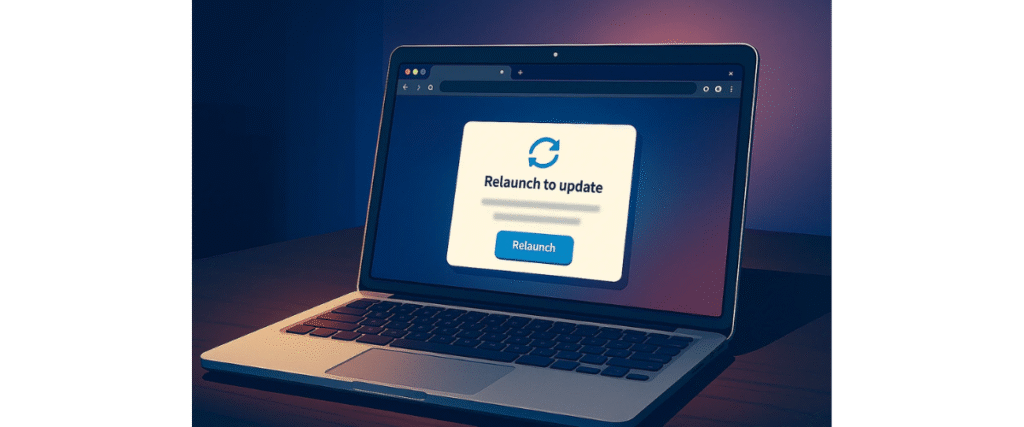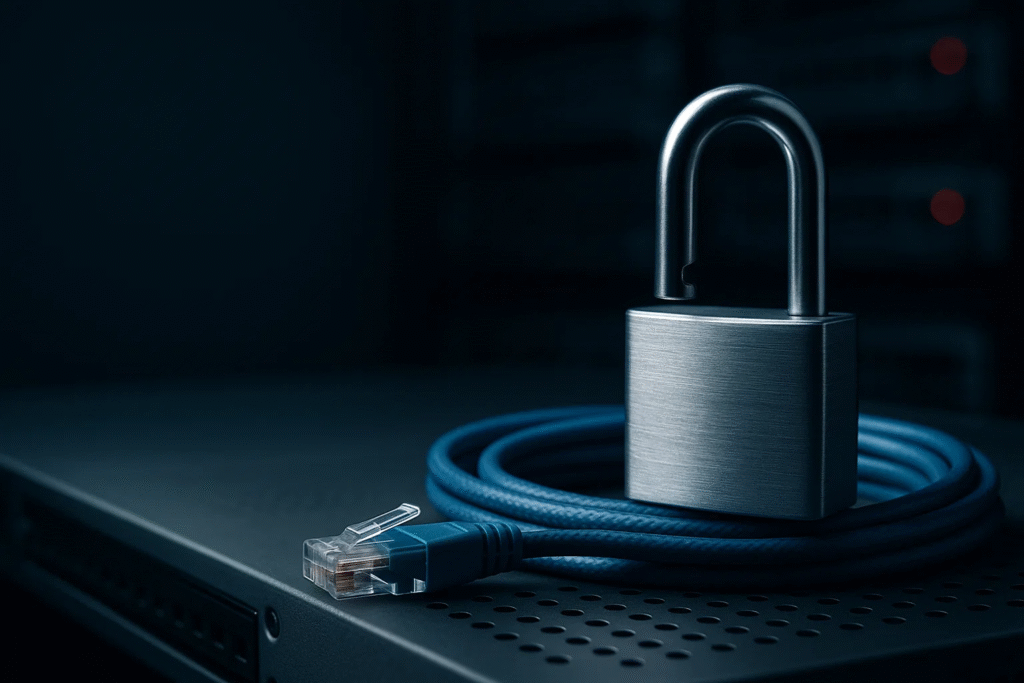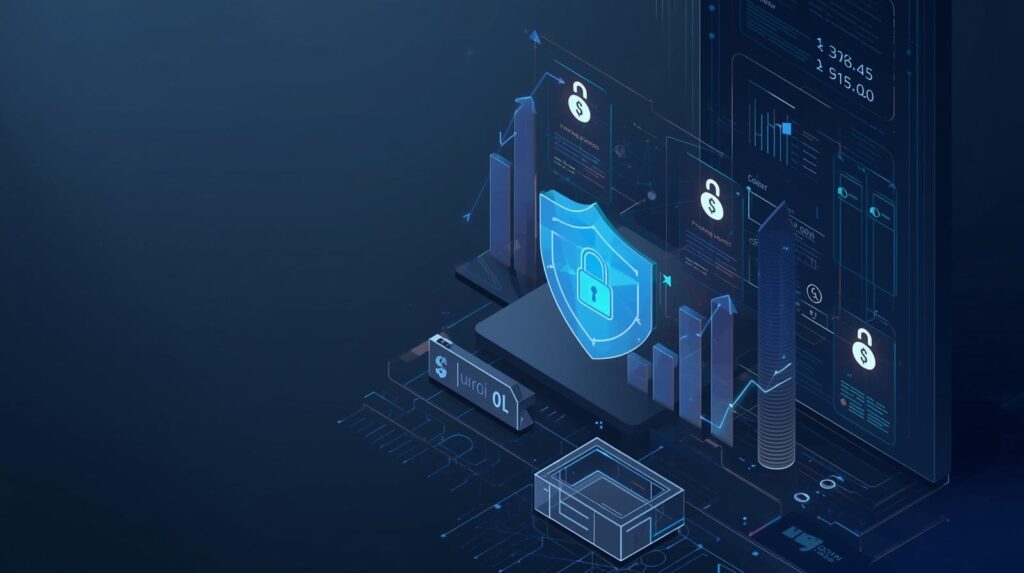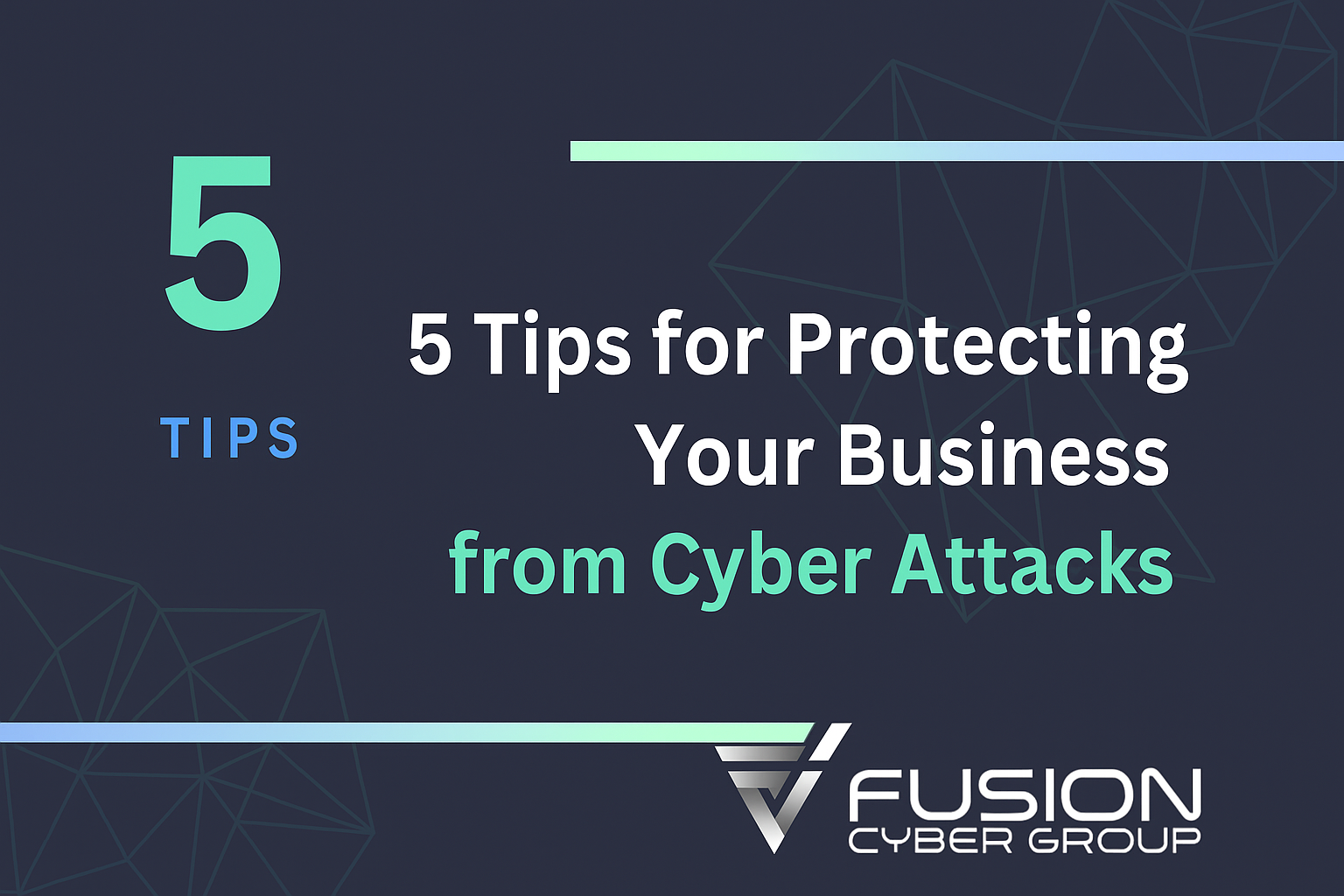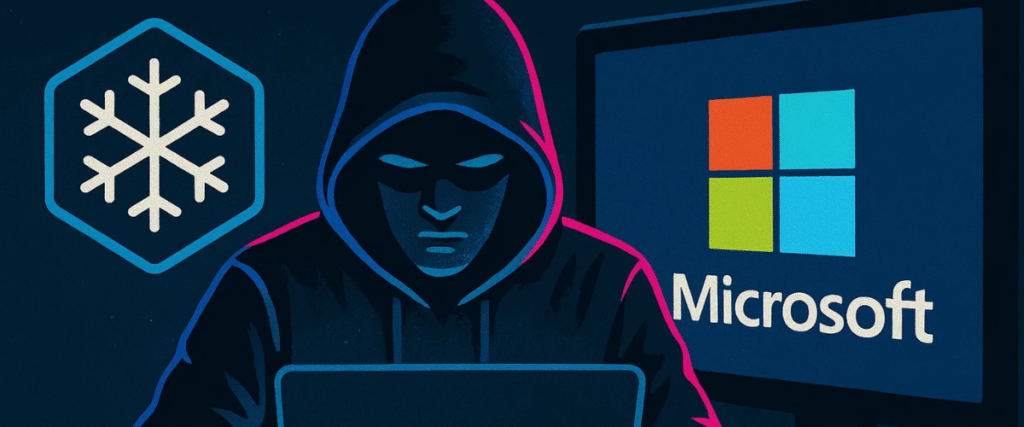The New Attack That Bypasses MFA and Steals Your Data
What You Need to Know Now
Session Hijacking 2.0 is the modern twist on account takeover (ATO): attackers don’t need your password once they have your session. When you sign in to cloud services like Microsoft 365, Google Workspace, Salesforce, or Slack, the service issues session cookies and OAuth tokens that keep you signed in. Those artifacts often live for days or weeks. If stolen, they let an attacker “become” you from another device and location—frequently without triggering multi‑factor authentication (MFA) again.
Today’s attackers steal tokens with three primary methods: (1) adversary‑in‑the‑middle (AitM) and browser‑in‑the‑middle (BitM) phishing that proxy the real login and capture tokens, (2) info stealer malware that rips cookies and refresh tokens from browsers, and (3) risky or malicious OAuth grants that users approve, which quietly grant API access outside normal sign‑in flows. The result is silent access, long dwell time, and high‑impact business fraud.
The fix is not “more MFA.” The fix is layered controls and fast containment. You need identity‑centric policies that treat sessions as material assets, endpoints and browsers that refuse to leak cookies, SaaS policies that catch token replay and consent abuse, and detection that auto‑revokes sessions at the first sign of trouble. This brief provides a pragmatic, 90‑day hardening plan that fits Canadian SMB realities: small teams, limited budgets, and a need to protect revenue operations above all.
Business outcome: reduce account‑takeover risk, protect data, and avoid operational disruption and incident costs through layered controls, continuous monitoring, and tested response playbooks. You can achieve measurable risk reduction in one quarter without breaking productivity—by focusing on controls that stop token theft paths, restrict where tokens work, and make it trivial to kill every session your employees own in one click.

How Session Hijacking 2.0 Works
- AitM/BitM Phishing: The user clicks a lure (“DocuSign”, “Missed voicemail”, “New invoice”). A proxy sits between the user and Microsoft/Google, relaying real pages and capturing the final session token and any refresh token details available. The employee genuinely completes MFA. The attacker imports the session into their own browser—often using tooling that mimics the victim’s user agent and time zone—and lands inside the tenant with no additional prompts.
- Info stealers: A compromised website drops a loader; the malware harvests Chrome/Edge/Firefox profiles, cookies, and saved credentials. The data is exfiltrated to a command‑and‑control server or sold as “logs” on criminal markets. Attackers parse the loot for tokens tied to Microsoft 365, Google, Salesforce, Slack, and banking portals. They replay the session from another machine, sometimes through residential proxies located near the victim to evade geo‑anomaly detection.
- OAuth Consent Abuse: The user approves a “productivity” app that requests broad scopes. No password or MFA is needed after consent. The app sends email as the user, reads files, or siphons contacts and calendars via APIs. Because this access is legitimate in the platform’s eyes, it can be invisible to traditional login‑oriented monitoring.
Once in, attackers establish persistence: mailbox rules that auto‑hide or forward emails, registering new MFA methods, creating app passwords for legacy protocols, adding OAuth grants, or planting malicious browser extensions. They then pivot to business email compromise (fake invoices, payroll redirection), data exfiltration (OneDrive/Google Drive mass sync or download), or ransomware staging. The stealth comes from operating inside already‑trusted sessions and APIs; unless you watch for token replay, impossible travel, consent changes, and mass download patterns, the activity blends into normal business traffic.
Why it’s high risk for Canadian SMBs
MFA is not immunity. Many SMBs feel “done” after rolling out MFA, but tokens bypass that gate. SaaS sprawl multiplies impact: one identity connects to dozens of apps via SSO and OAuth; compromise of a single session can allow lateral movement across connected services. Quiet dwell time is common because tokens and grants persist, mailbox rules hide attacker communications, and employees don’t notice small anomalies.
High business impact follows—fraudulent wire transfers, supplier invoice tampering, exposure of customer data, intellectual property theft, and regulatory reporting under PIPEDA. For owner‑led firms, a single BEC can erase quarterly profits; for professional services, client trust suffers immediately.
Canada‑specific realities increase risk. Distributed teams and bilingual operations rely heavily on email and cloud collaboration, increasing the number of sessions alive at any time. Many SMBs mix corporate and personal devices, and contractors may connect from unmanaged endpoints. Budget constraints delay EDR or SaaS backup deployments. Finally, the Canadian threat landscape includes targeted BEC against finance teams and supplier ecosystems, where attackers study local banking formats, GST/HST invoice practices, and provincial vendor processes. Token‑based intrusions fit these campaigns perfectly: they enable precise, contextual fraud using the victim’s real mailbox and identity.
The strategic takeaway: treat session material as a regulated asset and govern it accordingly. Shorten lifetimes where practical, require compliant devices for sensitive roles, and monitor for replay and consent anomalies. Back this with tested playbooks so that a suspected token hijack is contained in minutes, not days. The affordability comes from targeting the highest‑leverage controls first and automating response to reduce labour.
What “good” looks like (target state)
Identity & access
- Phishing‑resistant MFA first: Move administrators, finance, HR, and executives to FIDO2/WebAuthn security keys or platform passkeys. This defeats most AitM since the cryptographic challenge binds to the origin and device.
- Conditional / risk‑based access: Require compliant, healthy devices for admin portals and sensitive apps. Block sign‑ins from anonymous networks (TOR, public proxies), unfamiliar countries, or atypical user agents. Add step‑up re‑authentication for wire approvals, mass export actions, or admin role activation.
- Token hygiene: Shorten session and refresh token lifetimes for high‑risk apps; set sign‑in frequency for admin consoles; enforce token binding where available.
- OAuth governance: Enable admin consent workflows, require publisher verification, and perform monthly reviews of app grants. Maintain an allow‑list for high‑privilege scopes.
- Role boundaries: Use just‑in‑time admin (JIT) with time‑boxed privileges and mandatory approvals for elevation.
Endpoint & browser
- EDR/MDR everywhere: Deploy EDR on every endpoint (workstations, laptops, servers) with policies to block and auto‑remediate info stealers and credential dumping.
- Browser hardening: Use managed browser profiles, isolate untrusted sites (browser isolation or sandboxing), enforce Secure/HttpOnly/SameSite cookie attributes where configurable, and block unsanctioned extensions with allow‑lists for finance and admin roles.
- Network controls: DNS and HTTP filtering to stop malvertising and phishing domains; block known AitM kit infrastructure and newly registered domains.
- Least privilege: Remove local admin, enforce application allow‑listing for high‑risk users, and require signed installers.
SaaS & data
- Anomaly analytics: Enable impossible travel, token replay detection, legacy auth blocks, consent grant alerts, and MFA method change alerts.
- Mail & collaboration controls: Block external auto‑forwarding, monitor rule creation, restrict link‑sharing defaults, and enable data loss prevention (DLP) for sensitive fields (financials, client IDs).
- Resilience: Implement SaaS backups for email and files to recover from malicious rule changes or mass deletions.
Detection & response
- One‑click session kill: Automate revoke‑refresh‑token and tenant‑wide sign‑out for affected users.
- Playbooks & drills: Maintain runbooks for account takeover and OAuth abuse; test quarterly with tabletop exercises.
- Time‑to‑contain metrics: Aim for mean time to detect (MTTD) under 5 minutes for high‑confidence alerts and mean time to respond (MTTR) under 30 minutes for account takeover.

90‑Day Action Plan (prioritized, SMB‑friendly)
Days 0–15: Stop the bleeding
Goal: Rapidly reduce the easiest attack paths and turn on visibility.
Actions: Enable impossible travel/location anomaly alerts and mailbox rule creation alerts in your SaaS suite. Block external auto‑forwarding and disable legacy/basic authentication (POP/IMAP, older SMTP). Enforce admin MFA with FIDO2/WebAuthn for global/admin roles and require just‑in‑time admin elevation. Turn on admin consent workflow; remove unverified or unused OAuth apps and document remaining grants. Deploy DNS filtering and baseline EDR to all endpoints, prioritizing finance, HR, and executive devices. Launch a 20‑minute awareness micro‑module on AitM/BitM and info stealers with screenshots of real lures.
Owner: IT lead + MSSP (Fusion Cyber).
Success metrics: Alerts firing (not silent), legacy auth blocked across the tenant, admin FIDO live for 100% of global admins, EDR coverage ≥ 95%.
Why this matters: These steps cut off high‑volume commodity attacks immediately and ensure you see the next attempt. Blocking legacy auth prevents app passwords and IMAP/POP abuse; admin keys stop top‑impact compromises. EDR and DNS filtering reduce the chance that info stealers land at all. Quick training lowers click‑through on fresh lures without disrupting work.
Days 16–45: Close token paths
Goal: Limit token usefulness and require healthy devices for sensitive access.
Actions: Shorten session/refresh lifetimes for risky apps; add sign‑in frequency for admin portals and critical finance workflows. Require compliant, managed devices (with healthy EDR) for Microsoft 365/Google Workspace admin, finance apps, and data‑rich systems. Roll FIDO2/WebAuthn to finance, HR, and executives (target majority coverage). Apply browser security baselines (managed profiles, extension allow‑lists, site isolation). Start SaaS backups for mail and files; validate restore.
Owner: Identity engineer (partnered) + Endpoint admin + MSSP.
Success metrics: Risk‑based access enforced for sensitive apps; FIDO coverage ≥ 50% of target roles; browser baseline deployed to ≥ 80% of managed endpoints; successful SaaS backup restore test.
Why this matters: Even if a token is stolen, device and risk checks will block replay from unknown machines. Shorter lifetimes reduce attacker dwell time. Browser hardening disrupts BitM hooks and extension‑based theft. Backups ensure you can reverse malicious rule changes or mass deletions without paying ransoms or suffering prolonged downtime.
Days 46–90: Detect, automate, drill
Goal: Make containment fast and repeatable; expand protections to data flows.
Actions: Add OAuth monitoring to SIEM; alert on new grants, privilege escalation, and suspicious/unverified publishers. Build SOAR playbooks to revoke tokens, reset sessions, disable sign‑in, quarantine device, and notify the user with step‑by‑step guidance. Run a quarterly account‑takeover tabletop exercise; measure time‑to‑contain (< 15 minutes). Expand DLP for sensitive data and tighten sharing defaults. Complete rollout of phishing‑resistant MFA to all roles with elevated privilege or access to sensitive data.
Owner: SOC/MDR + IT leadership.
Success metrics: MTTD < 5 min (high‑fidelity alerts), MTTR < 30 min (ATO), reduction in risky OAuth grants month‑over‑month, successful tabletop with documented improvements.
Why this matters: Automation is the SMB force multiplier. The same team can respond in minutes rather than hours, reducing financial loss windows and eliminating the human bottleneck. DLP and sharing controls close the loop by protecting the data itself, not just the sign‑in process.
Technical Guardrails & Tips (copy/paste friendly)
- Cookie security: Enforce
Secure,HttpOnly, andSameSite=Strict/Laxwhere configurable; prefer token binding or device‑bound cookies if your platform supports it. - Block legacy authentication: Disable POP/IMAP and older SMTP; prohibit app passwords.
- Conditional access baselines: Require compliant device + phishing‑resistant MFA for admin portals; block TOR/anonymous IP ranges and abnormal ASNs; raise challenges for new locations or devices.
- OAuth hygiene: Monthly review of app grants; require publisher verification and admin approval for high‑privilege scopes; maintain an allow‑list.
- Mailbox rules watchlist: Auto‑forward, hide messages, move to RSS/Junk, or delete—treat as high risk and alert immediately.
- Detection signals: Impossible travel, new MFA method registration, consent grant spikes, token issuance from atypical user agents, mass file downloads/exports, inbox rule creation, and sudden increases in external sharing links.
- User training: Show real AitM pages (pixel‑perfect clones), warn about “Update your MFA” lures, and highlight malicious browser extensions.
- EDR policy: Block known infostealer families; quarantine on credential/cookie dump behaviour; alert on access to browser profile databases.
- Admin practices: JIT admin, time‑boxed elevation, approvals for sensitive changes, and audit logging to a tamper‑resistant store.
- Backups & recovery: Test SaaS mailbox/file restores quarterly; document RTO/RPO.

Incident Response: If you suspect token hijack
Contain (minutes): Disable sign‑in for the user; revoke refresh tokens and force sign‑out across the tenant; quarantine the device in EDR; block source IPs and suspicious ASN ranges; invalidate OAuth refresh tokens and disable newly added MFA methods. Communicate with the user immediately via out‑of‑band messaging (phone/SMS) to confirm activity.
Eradicate (hours): Remove malicious OAuth apps and publisher grants; delete suspicious mailbox rules and re‑enable safe defaults; rotate credentials and API keys; reset passwords and re‑enrol MFA with phishing‑resistant methods; clear browser profiles and re‑issue managed profiles; reimage the endpoint if info stealers are confirmed.
Recover (same day): Restore mailbox and files from SaaS backups where needed; validate sharing links and revoke risky links; re‑enable accounts with updated conditional access and device compliance enforced.
Post‑incident (week): Perform forensics (review sign‑in logs, consent logs, device telemetry); coach the user on what to watch for; tune detections (add rules for the observed user agent, ASN, and tactics); update tabletop scenarios; report on metrics (MTTD, MTTR, financial exposure avoided). Document lessons learned for leadership and auditors.
Key principle: If in doubt, mass‑revoke. It is safer to disrupt users for 10 minutes than to let an attacker silently operate for 10 hours.
Why Fusion Cyber
Fusion Cyber operates a 24/7 Canadian Security Operations Centre (SOC) delivering MDR/EDR/XDR, SIEM, threat hunting, SaaS hardening, and incident response tailored to SMB realities. Our team holds CEH, PNPT, OSCP, CISSP, and CISA certifications and works within the MITRE ATT&CK framework and the Lockheed Martin Cyber Kill Chain. We don’t just monitor—we act. For fully onboarded clients, our financially backed Cybersecurity Guarantee means that if you are breached, we cover incident response, containment, and business recovery at our expense. Our incentives align with yours: measurable risk reduction, rapid containment, and business continuity.
We help you implement the 90‑day plan: enabling phishing‑resistant MFA, tuning conditional access, deploying and managing EDR, hardening browsers, governing OAuth, and wiring up automation so “one‑click session kill” isn’t a slogan but a button your team can press. We support quarterly drills, provide SaaS backup and recovery, and deliver executive reporting that focuses on outcomes: fewer successful intrusions, lower dwell time, and faster recoveries. Canadian leadership, Canadian data handling, and bilingual support ensure cultural and regulatory fit.
Featured links:
Managed Cybersecurity for SMBs
FAQ:
Is MFA enough to stop session hijacking?
No. MFA protects logins, not active sessions. Stolen cookies/refresh tokens bypass prompts. Pair phishing-resistant MFA with conditional access, managed browsers, EDR, and auto-revocation to block token replay fast.
Fastest win for a 50–250-person SMB?
Secure admins/finance first: FIDO2 keys, disable POP/IMAP, require compliant devices, enable mailbox-rule/OAuth-grant alerts, deploy EDR/DNS filtering, and shorten token lifetimes. Immediate risk drop, minimal disruption.
How to handle BYOD without pain?
Use conditional access. For unmanaged devices, isolate browsing, restrict downloads/clipboard, shorten sessions; require compliant devices + phishing-resistant MFA for admin/payments. Flexibility stays; stolen tokens from personal devices have limited value.
First steps in suspected hijack?
Contain fast: revoke refresh tokens, force sign-out, quarantine device. Remove rogue OAuth apps/rules, reset passwords, re-enrol FIDO2. Check downloads/shares, restore from backups if needed, alert finance, then refine playbooks.
SITUATION
SaaS keeps you logged in with cookies and tokens across SSO, so for Canadian SMBs the real “keys” are session tokens on endpoints and browsers—not passwords.
COMPLICATION
AitM/BitM phishing, infostealers, and malicious OAuth grants steal or mint tokens to bypass MFA, hide activity, and enable BEC with minimal alerts.
QUESTION
How can a Canadian SMB block token theft, limit where tokens work, and automate rapid containment—without slowing day-to-day operations?
ANSWER
Deploy FIDO2 + conditional access, EDR with managed browser profiles, OAuth/mail guardrails, and SOAR playbooks to detect replay, restrict session scope, and auto-revoke stolen tokens within minutes—securely and simply, today.
Our Cybersecurity Guarantee
“At Fusion Cyber Group, we align our interests with yours.“
Unlike many providers who profit from lengthy, expensive breach clean-ups, our goal is simple: stop threats before they start and stand with you if one ever gets through.
That’s why we offer a cybersecurity guarantee: in the very unlikely event that a breach gets through our multi-layered, 24/7 monitored defenses, we will handle all:
threat containment,
incident response,
remediation,
eradication,
and business recovery—at no cost to you.
Ready to strengthen your cybersecurity defenses? Contact us today for your FREE network assessment and take the first step towards safeguarding your business from cyber threats!















